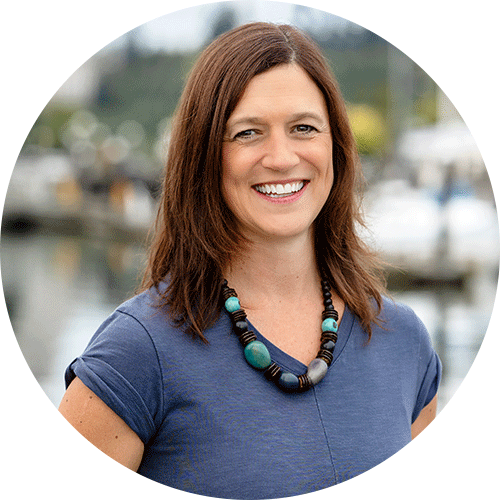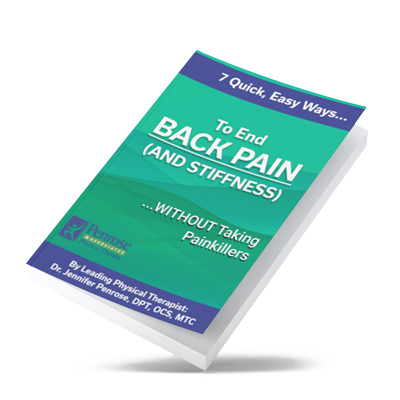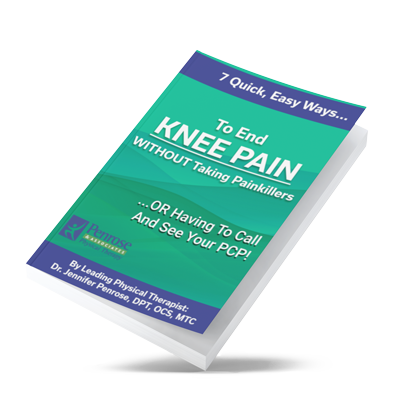This was a reply by one of my patients that really was at a loss of how to move without bending at the spine. She truly loved yoga and wanted to know if there was any possibility of modifying yoga.
How to bend without bending at the spine is one of the most common questions I get from my osteoporosis and osteopenia patients. It is often one of the most difficult things to learn in the beginning and once you have it down it becomes second nature. Anytime our body has to learn how to move differently it feels very awkward and difficult. However, learning to bend without bending the back will also prevent low back injuries (we really should move like this all the time for good spine health)! First of all, why is it critical to learn to avoid bending the spine with osteoporosis and osteopenia? Because bending the spine when it curves like the letter “C” places stress on the softened bone and can create a compression type fracture. More than likely you won’t feel it! We call them “silent” vertebral compression fractures and the research says 700,000+ happen a year. It’s more common than cardiac and stroke events combined! One happens every 45 seconds.
If you can learn to bend correctly, you will decrease your risk for creating a compression fracture. Think about all the movements you do all day that require some kind of bending. Getting in and out of bed, in and out of the chair, picking up items from the floor, making your bed, emptying and loading the dishwasher, cleaning laundry, vacuuming, sweeping, the list goes on. Compression fractures, mostly silent, will start to show up as shrinking in height. If you have lost 1.6 inches of height or more in your lifetime or more than 1/2 inch a year you are likely to have had compression fractures. Let’s talk about how you move without bending the spine. We have to bend somewhere to sit down in a chair. Most people have heard “bend with your knees”. False – unless you want to help increase knee arthritis. You have to learn how to bend with your hips. It’s called a hip hinge. If you do it correctly you will not feel stress in the knees or the back and you will keep your back straight (no rounded upper back).
Try this: Stand and sit down repetitively from a chair and watch yourself in a mirror that has a side view. Watch for these:
- Can you keep your knees from going over your toes?
- Can you do it without your knees diving inwards?
- Does your back stay straight?
- Do you stick your butt out behind you to get to the chair while keeping your back straight?
- Do you feel your thighs having to work?
If you answered yes to all of those then you are likely to be doing the hip hinge correctly. While I obviously can’t tell without seeing you do it, you’re on to a great start! However, doing the technique in isolation is the “easy” part. Combining it with activities like picking objects up off the ground or loading/emptying the dishwasher is when it can become more difficult. But the important thing to remember is to limit the amount you round your back and focus on movement through the hip.
The next part to practice is picking a tennis ball off the floor. You will notice the lower you have to go the more your hips have to move back behind you. Think of your body hinging over your pubic bone. The pubic bone has to move further back behind you to keep your spine straight. There are multiple ways to teach you how to achieve correct bending mechanics. We often spend 6-8 sessions teaching people how to move correctly so they know how to garden, clean and perform daily tasks without bending the spine. Bending at the hips is also critical if you want to stay active in Yoga. Yoga does a lot of forward folds and bending forward of the back and those movements will need to be perfectly executed by the hips only. Yoga and Pilates have been shown to help build bone density, but you need trained personnel and preferably a class designed for osteoporosis. Reach out to us if you’re interested as we currently offer yoga classes specifically designed for osteoporosis and led by experienced trainers.
Eliminating bending in our world is not possible – it’s just a matter of where you are bending. The sooner you learn how to do it correctly the less likely you are to be injured and decrease the chances of complications if you currently have osteopenia/osteoporosis. But there are other things you can do to prevent complications such as taking a highly absorbable Calcium and vitamin D supplement (isotonic form is best) and vitamin K2 is showing favorable results with increasing bone density scores in the research as well (just be sure to get clearance from your doctor as K2 does affect blood clotting). Eating calcium rich foods is not enough, we no longer absorb enough calcium in our foods as we did when our gut was younger. Your lifestyle can be altered negatively from osteoporosis and osteopenia so make sure you are doing everything you can to halt the bone density loss and improve it.
As always, if you have any further questions about proper bending mechanics or osteopenia/osteoporosis related questions feel free to email info@penrosept.com or call (360) 456-1444.






